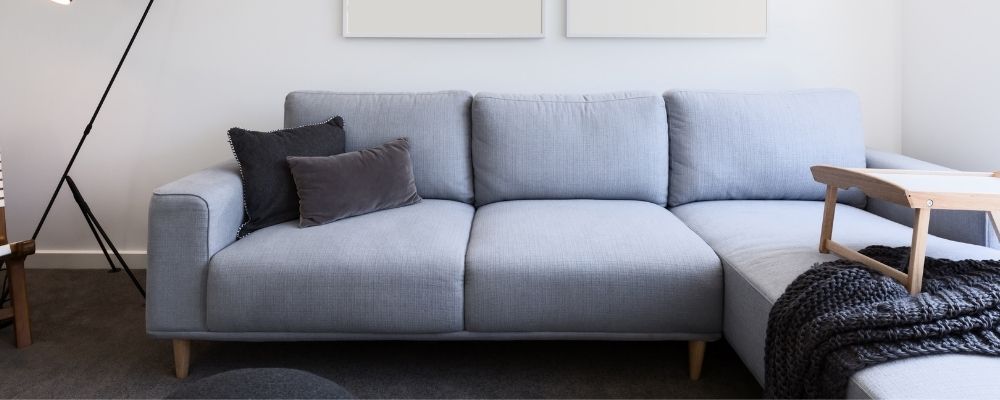Sofas come in many shapes, sizes, and materials. Are you confused about which materials are the most durable? If you’re wondering about linen, I can safely say you’ve found one of the most durable materials out there.
Sofas that use linen last an incredibly long time, as well as helping the environment. Best of all, linen is also much cheaper than other materials and looks great.
In This Article We'll Discuss
How Durable is Linen as a Sofa Material?
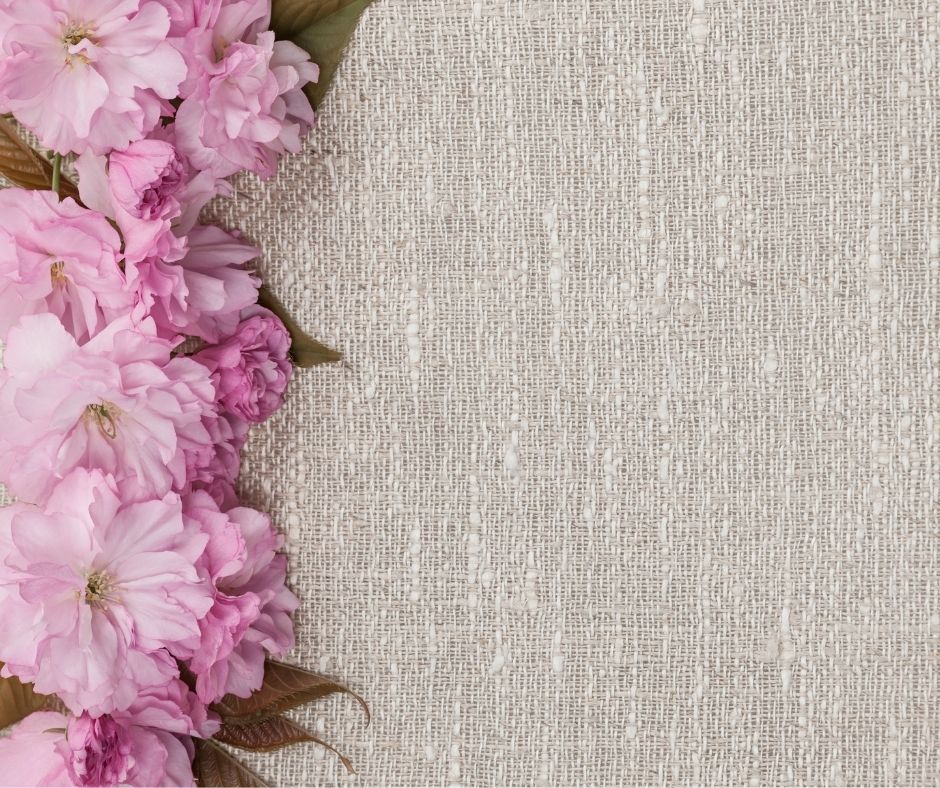
Linen, as a sofa material, is one of the best you can get. Linen is one of the strongest of all the plant fibers, meaning it is incredibly durable. Compared to cotton, linen is reportedly around 25-30% stronger.
If you’re looking for a material which can stand the test of time, linen is the way to go. It will stay in the correct formation for years without begging to fray.
Many sites argue that linen is not very good when exposed to direct sunlight. However, this is a bit of a misdirection as no material does well in direct sunlight. Leather will also become discolored and degrade in quality when exposed to sunlight.
Linen will last much longer than the bulk of other sofa materials. However, this does come with a good upkeep schedule. Also, if you’re particularly clumsy, linen is not very stain resistant, so be careful.
What Are The Pros and Cons of Linen Upholstery For Sofas?
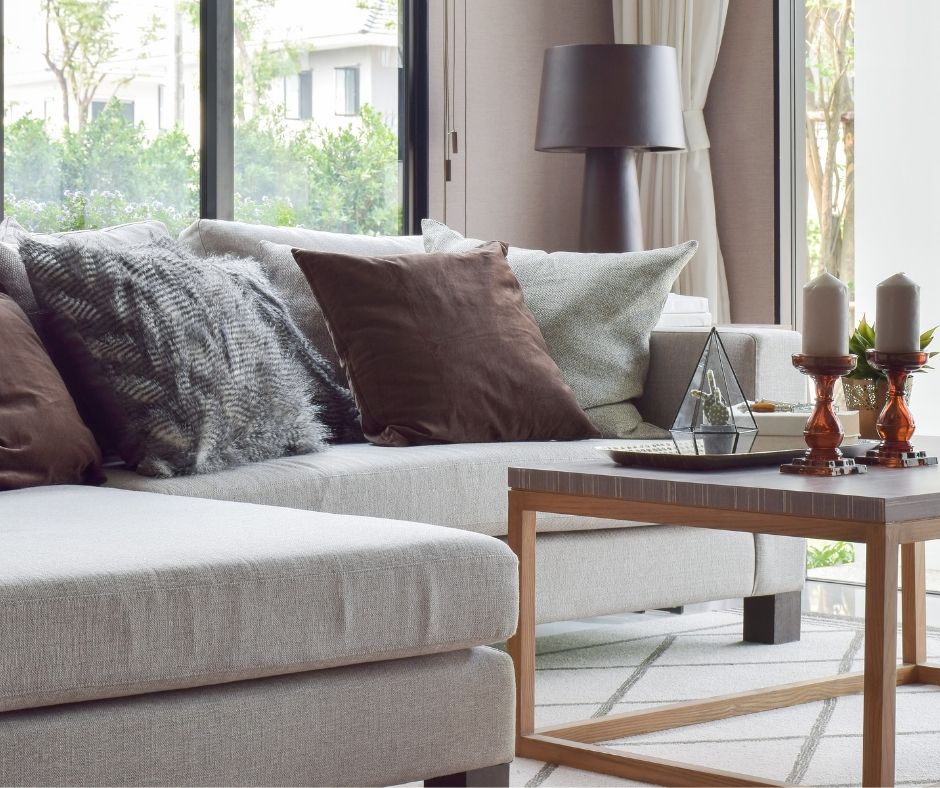
Pros of Linen as a Material
Linen looks casual, meaning it can fit in a variety of styles and into different aesthetics. It is diverse and is applicable in many settings.
Linen often has a classic look and is a very beautiful material. If you’re looking for something chic and elegant, this could be for you.
Linen is eco-friendly! Manufacturers produce linen from plant fibers. They also use considerably fewer chemicals in the process.
Linen is easy to clean and maintain.
Linen is incredibly soft, meaning it makes for a very comfy sofa.
Linen is breathable. This means its great at resisting mould and mildew. This also makes linen a good material for those who have allergies.
Linen is often much cheaper than other materials due to the less intensive process of making it.
Cons of Linen as a material
Linen is not a very elastic material. This means it has less spring in it. Less elastic means it will get wrinkled quickly. If you’re looking for a material that looks completely new, linen is not for you. It will rapidly become crinkled.
Linen is very absorbent when it comes to liquids. This means that stains are incredibly common. If you spill anything colored on the material, it is probably there to stay.
Becomes weaker when exposed to lots of sunlight. This leads to fibers becoming frayed with time.
What to Look For in a Linen Sofa
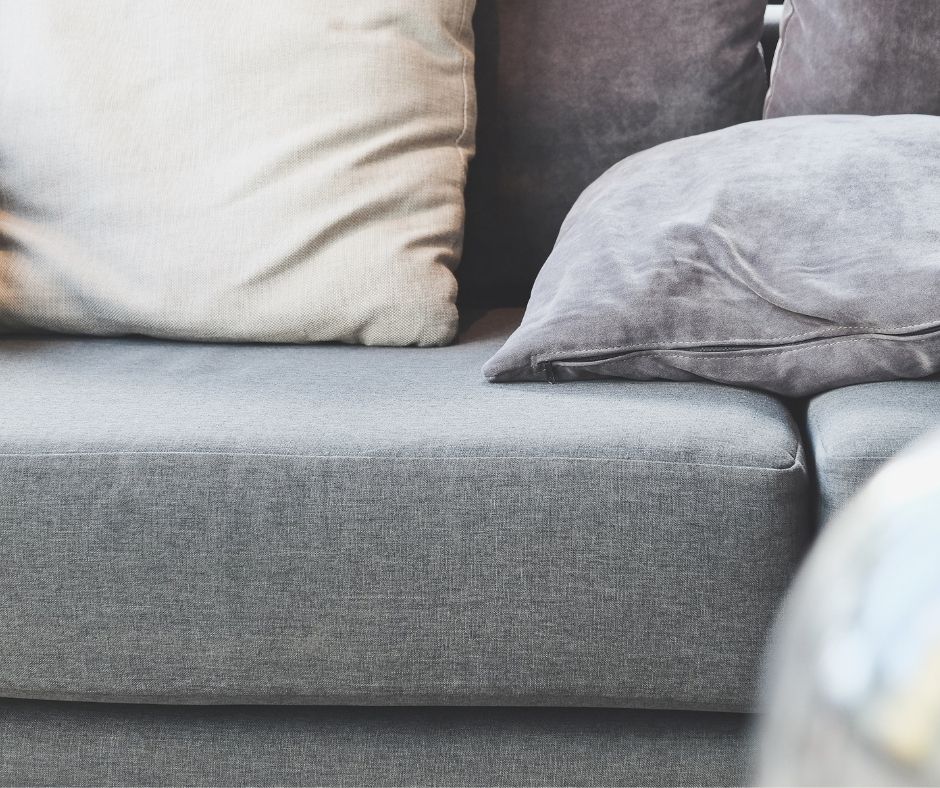
Linen is a fairly natural material. By that, I mean that there aren’t many chemicals used in the process of making it. Considering it is not overly-produced, linen normally comes in only natural colors. Known unanimously as ‘linen-grey’, this natural colour is incredibly homely. If you’re looking for a good quality linen, stick to a natural grey or ‘off-white’ colour.
You can tell a lot about linen by how it feels. Don’t buy online, you’re much better off going in-store and getting your hands on the material. Thread counts are deceptive with linen, as it is a thick material, so that doesn’t count for much. Go to a store and find something that is soft to the touch.
Across the linen will be thick ‘bunches’ or ‘spots’ in the yarn called ‘slubs’. These are completely natural and made during the manufacturing process. Although they aren’t a defect in the material, some people don’t like how they look.
Again, your best bet is to go in-store. Some pieces of linen may have a few too many slubs for your taste! Try looking for a consistent yarn pattern, these should be relatively free of slubs.
What to Know When Buying Linen
Thread count, as opposed to materials like cotton, doesn’t count for much with linen. Linen is much thicker than other materials. Due to this, you could have a much lower thread count and still have a great quality product. Don’t compare different materials based solely on their thread count.
Touch with linen can really depend on the quality of the material. Just one thing to note when you’re buying, linen is not a springy material. If you push it down, it will not spring back towards you. This is due to having a rigid fiber structure, lacking elasticity. If you want a more bouncy material, look elsewhere.
Linen does not take on colors particularly well. Dye is ineffective and often ends up ruining the aesthetic of the material. Instead of buying dyed linen, look for the more natural ‘off-white’ or ‘linen-grey’ colors. These won’t fade anytime soon and will last you an incredibly long time.
How to Care For Linen
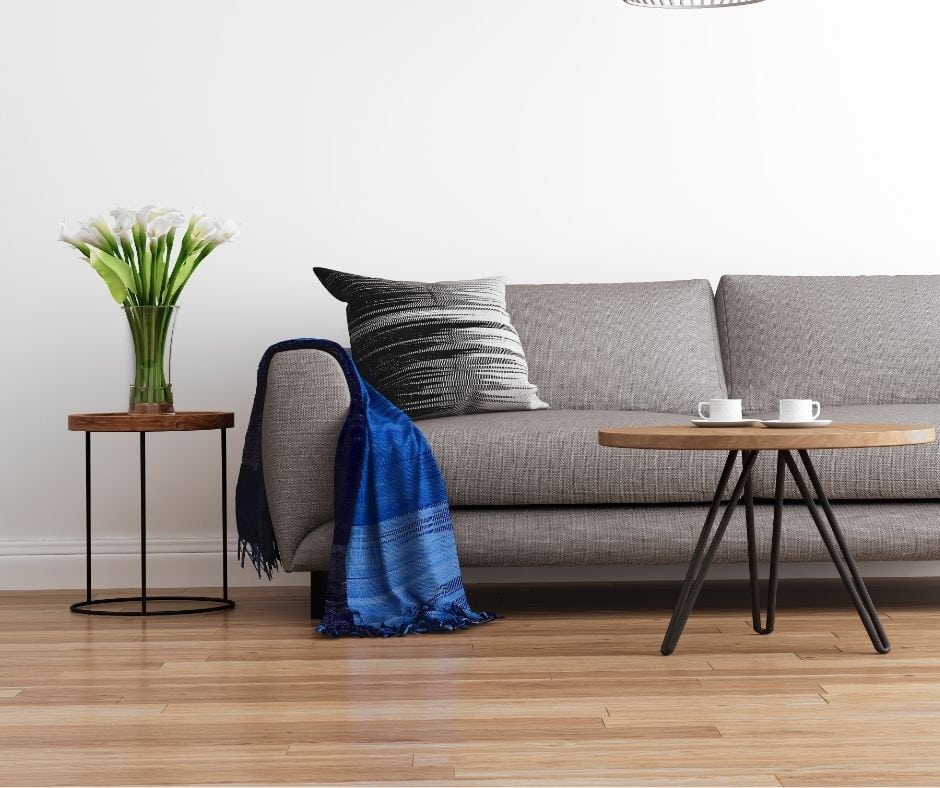
Although durable, linen can be a bit of a pain to clean. That’s because it stains very easily. To ensure your sofa doesn’t stain, be sure to vacuum often. Try and vacuum around once a month, more if you live somewhere with lots of mud!
Try not to accidentally transfer any dirt from your trousers onto the sofa.
If you’re worried about accidentally staining the surface of the linen, you can use a slipcover. These will provide a barrier between the material and any stains.
If you wash the linen in the washing machine and dryer, make sure it keep to low temperatures. You don’t want to end up shrinking the material.
This video can help you if you need some more tips for your linen care.
Is Linen Eco-Friendly?
Linen is one of the most eco-friendly materials you can have for sofas. Flax is the plant which linen comes from. Flax is also incredibly easy to grow, not needing any form of irrigation of fertilisers. That means manufacturers produce it cheaply and effectively, without damaging the environment.
Flax is naturally resistant to disease, meaning it doesn’t need chemical spraying.
The manufacturing process also doesn’t use many chemicals. If you wanted to use cotton instead, you’d have to use up to 7x the amount of chemicals used. Even the growth process requires around ¼ the amount of water than cotton.
So, absolutely yes! Linen is eco-friendly and a great choice if you’re looking to help the planet out.
Conclusion
Ultimately, linen comes in as a pretty top tier material for sofas. It is incredibly durable, it feels fantastic, is good for the environment, and is cheap! If you’re looking for a material that will look great in your home, linen could be the sofa type for you.

